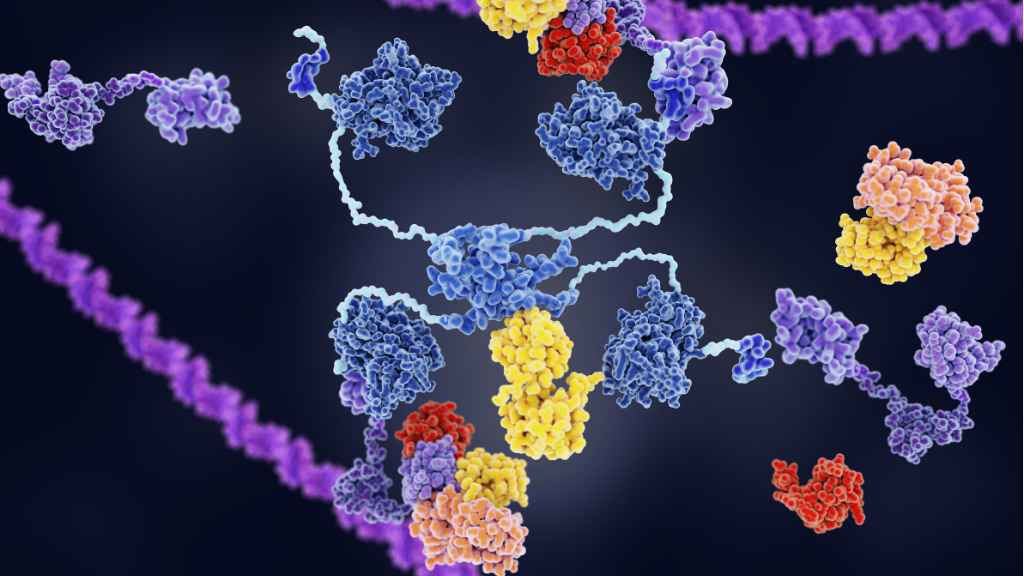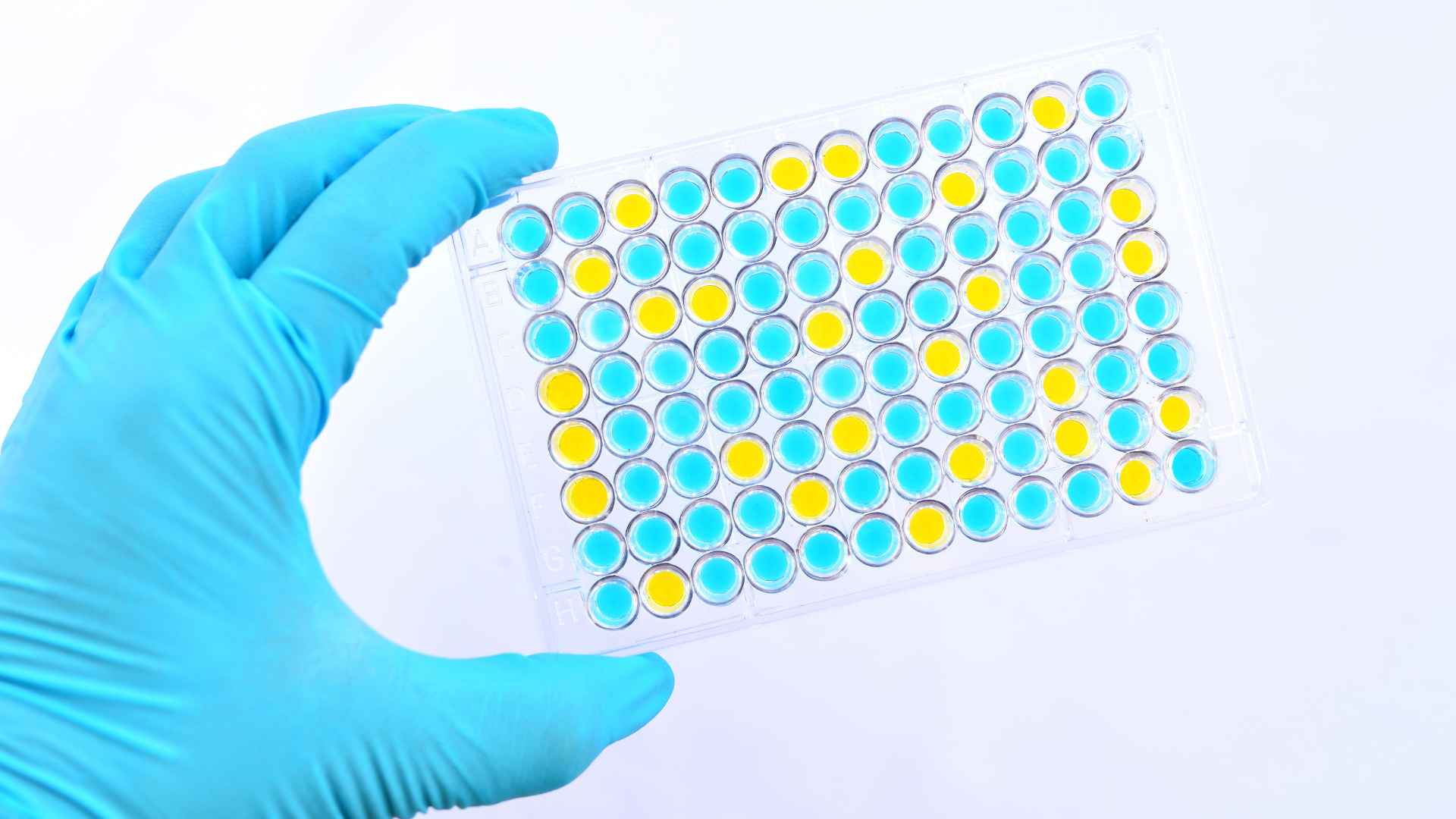In the area of biochemistry, in vitro enzyme assays stand as critical tools for understanding the intricate dance of molecules within living organisms. These assays offer a window into the dynamic interactions enzymes have with substrates, inhibitors, and other molecules, revealing insights that are pivotal for both basic research and applied sciences.
The allure of in vitro enzyme assays lies in their ability to mimic biological processes outside the complex environment of a living cell. This simplification allows scientists to meticulously control experimental conditions and dissect the mechanisms underlying enzyme activity. As a result, they’ve become indispensable in drug discovery, diagnostic development, and the study of disease pathology.
By bridging the gap between theoretical knowledge and practical application, in vitro enzyme assays empower researchers to push the boundaries of what’s known about biological mechanisms. They’re not just experiments; they’re gateways to understanding life at its most fundamental level.
Importance of In Vitro Enzyme Assays
In the area of biochemistry, in vitro enzyme assays play a pivotal role in unraveling the mysteries of enzyme activities and their interactions with various molecules. These assays are instrumental in providing a controlled environment, extricated from the complexities of living cells, to study biological processes. The precision and control afforded by these assays make them invaluable tools in areas where understanding enzyme function is critical.
In vitro enzyme assays are foundational in drug discovery, offering a platform to test the efficacy and safety of potential therapeutic agents. By measuring the interaction between enzymes and drugs, researchers can predict how these drugs might perform in living organisms. This predictive capability is not only crucial for identifying promising drug candidates but also for discarding harmful or ineffective ones early in the research process.
Also, these assays have a significant impact on diagnostic approaches. The ability to identify enzyme abnormalities linked to diseases enables the development of enzyme-based diagnostics. This is particularly important for conditions where enzyme activity is a marker of disease presence or progression. So, in vitro enzyme assays are essential for the timely diagnosis and management of various ailments.
In the pursuit of scientific knowledge, in vitro enzyme assays bridge the gap between theoretical biochemistry and practical applications. They empower researchers to dissect enzyme mechanisms and pathways, laying the groundwork for advancements in biotechnology and medicinal chemistry.
Beyond their scientific utility, in vitro enzyme assays contribute to cost efficiency in research and development. By allowing detailed examination before clinical trials, they help streamline the drug development process. This cost-saving aspect is of immense benefit, especially for institutions and companies like Da-Ta Biotech, where in-house testing capabilities can support a wide range of research needs without the necessity of an independent laboratory setup.
With their ability to provide clear insights into enzyme behavior, in vitro enzyme assays remain an indispensable tool in the biochemist’s arsenal, fostering innovation and accelerating progress across multiple fields of biomedical research.
Components of an In Vitro Enzyme Assay
In vitro enzyme assays are intricate systems designed to analyze the activity and characteristics of enzymes outside a living organism. Each component plays a pivotal role in ensuring the assay’s accuracy and reliability. Understanding these components is essential for researchers to design and interpret experiments effectively.
Enzyme
The enzyme being studied is the central component. Its source can range from pure preparations to crude extracts containing a mixture of proteins. The purity and concentration of the enzyme directly affect the assay’s outcome and reproducibility.
Substrate
The substrate is the molecule upon which the enzyme acts. In vitro assays necessitate substrates that are specific to the enzyme of interest to ensure that the observed activity is due to the enzyme under study. Substrate concentration must be optimal; too low might result in underestimation of enzyme activity, while too high can lead to saturation and non-linear assay results.
Buffer System
A carefully chosen buffer system maintains the pH and ionic strength of the solution, providing an environment that mimics the enzyme’s natural conditions as closely as possible. This is critical because enzymes are highly sensitive to changes in pH and ionic strength, which can alter their structure and function.
Inhibitors or Activators
These molecules are included in assays to modulate enzyme activity. Inhibitors are used to reduce enzyme activity and study the enzyme’s interaction with potential drug candidates. Activators, conversely, enhance enzyme activity and can be crucial for understanding mechanisms that regulate enzyme function.
Detection System
The detection system measures the product formed or the substrate consumed during the enzyme reaction. Common detection methods include colorimetric, fluorometric, and luminescent assays. The choice of detection method depends on the assay’s sensitivity requirements and the available instrumentation.
Standard Curve
A standard curve is generated using known concentrations of the reaction product. It’s indispensable for quantifying the enzyme activity in the assay samples by comparing their signal to the standard curve.
The interplay among these components defines the assay’s setup and its potential applications, from drug discovery to diagnostic testing. Researchers use in vitro enzyme assays to dissect the complexities of enzyme behavior, paving the way for advancements in biomedical research and beyond.
Types of Enzyme Reactions Studied
In vitro enzyme assays are indispensable tools in biochemistry and molecular biology, offering insights into the catalytic functions of enzymes under controlled conditions. These assays help the exploration of enzyme kinetics, mechanism of action, and the effect of potential inhibitors or activators. Understanding the different types of enzyme reactions studied in vitro is crucial for designing experiments that accurately reflect biological processes.
Single-Substrate Reactions
These reactions involve an enzyme acting on a single substrate to produce a product. They are the simplest type of enzyme-catalyzed reactions and are often used to study the fundamentals of enzyme kinetics. Single-substrate reactions are represented by the Michaelis-Menten equation, which describes the rate of enzymatic reactions by relating reaction rate to substrate concentration, maximum reaction rate, and the Michaelis constant.
Multi-Substrate Reactions
Multi-substrate reactions involve enzymes acting on two or more substrates to produce one or more products. These are more complex and can follow either a sequential or a random mechanism. Sequential reactions require all substrates to bind to the enzyme before any product is released, while in random reactions, substrates can bind in any order. Understanding the kinetics of multi-substrate reactions is essential for enzymes involved in metabolic pathways where substrates and products are numerous.
Reversible Reactions
Reversible reactions are those where the enzyme-catalyzed reaction can proceed in both forward and reverse directions. Studying reversible reactions is important for understanding equilibrium dynamics and how certain conditions can favor the formation of substrates or products. This type of reaction is particularly relevant in metabolic pathways that need to adapt to changes in cellular environment.
Inhibition and Activation
Inhibitors and activators play a significant role in regulating enzyme activity. In vitro enzyme assays designed to study these molecules can elucidate their mechanisms of action, potency, and specificity. This information is invaluable in drug discovery, where identifying and optimizing enzyme inhibitors or activators can lead to the development of new therapeutics.
Standard Curves and Quantification
Generating standard curves is a pivotal step in quantifying enzyme activity. By treating the enzyme with known concentrations of substrate and measuring the rate of product formation, researchers can create a standard curve that serves as a reference for determining the activity of unknown samples. This approach is fundamental in assays measuring product formation or substrate consumption over time.
Applications in Drug Discovery and Development
In vitro enzyme assays have become a cornerstone in the drug discovery and development process, offering a controlled environment to study the interactions between enzymes and potential drug compounds. These assays are pivotal in identifying and validating Drug Targets, enabling researchers to observe how a compound affects an enzyme’s activity. This is particularly crucial in developing treatments for diseases where enzymes play a significant role, such as cancer, diabetes, and neurodegenerative disorders.
One key application of in vitro enzyme assays in drug discovery is the high-throughput screening (HTS) of massive compound libraries against targeted enzymes. This process allows for the rapid identification of potential Inhibitors or Activators that can modulate enzyme activity, marking the first step in the development of a therapeutic drug. The data obtained from these assays not only provide insights into the compound’s efficacy but also its specificity, ensuring that only the most promising candidates are forwarded to the next stage of development.
Besides, in vitro enzyme assays are indispensable in the Optimization of lead compounds. Through iterative testing, researchers can refine the chemical structure of a lead compound to enhance its efficacy, reduce potential toxicity, and improve overall pharmacokinetic properties. This optimization process is critical in developing a drug that is both effective against the target disease and safe for patient use.
Plus to HTS and lead optimization, in vitro enzyme assays also play a vital role in understanding the mechanism of action (MoA) of potential drugs. By dissecting how a compound interacts with an enzyme at a molecular level, researchers can predict the compound’s behavior in a biological system, guiding the design of more targeted and effective therapeutic agents.
Also, these assays are crucial in assessing the potential Drug Resistance mechanisms. By simulating various scenarios where an enzyme might mutate, researchers can anticipate how these changes could impact the efficacy of a drug, aiding in the design of more robust and durable treatments.
In sum, in vitro enzyme assays are essential tools in the modern drug discovery and development pipeline. They not only help the identification and optimization of potential drug compounds but also provide invaluable insights into their mechanisms of action and potential resistance pathways.
Advantages and Limitations of In Vitro Enzyme Assays
In vitro enzyme assays are a cornerstone in the field of drug discovery, providing a controlled environment to study the interactions between enzymes and substrates or potential inhibitors. These assays are indispensable tools for identifying new therapeutics, optimizing drug candidates, and understanding the biochemical pathways involved in various diseases. Even though their widespread use, in vitro enzyme assays come with their own set of advantages and limitations that researchers must consider.
Advantages
- High-Throughput Screening: One of the key benefits of in vitro enzyme assays is their ability to help high-throughput screening (HTS) of vast compound libraries. This feature is particularly crucial in the early phases of drug discovery, where identifying lead compounds from thousands of candidates is a massive undertaking.
- Cost-Effectiveness: Operating in a controlled laboratory setting, in vitro enzyme assays significantly reduce the costs associated with drug discovery and development. They eliminate the need for expensive animal models in preliminary testing phases, offering a more economical alternative.
- Precise Control: Researchers have the advantage of manipulating assay conditions to evaluate the effects of various factors on enzyme activity. This level of control is vital for understanding the mechanism of action of potential drugs and for optimizing their efficacy and specificity.
- Lack of Complexity: One of the major drawbacks of in vitro enzyme assays is their inability to fully replicate the complexity of living organisms. While they provide valuable insights into enzyme behavior in a controlled environment, they may not always predict how a drug will perform in more complex biological systems.
- Potential for False Positives/Negatives: In the simplistic conditions of an in vitro assay, compounds may demonstrate efficacy or toxicity that does not translate to in vivo systems. This discrepancy can lead to false positives or negatives, impacting the selection of viable drug candidates.
- Operational Variability: Even though standardized protocols, in vitro enzyme assays can suffer from variability in results due to differences in reagent quality, equipment calibration, and operator technique. Such variability necessitates the need for rigorous validation and replication of results to ensure reliability.
In vitro enzyme assays, even though their limitations, remain integral to the drug discovery process. They provide a first glimpse into the potential of compounds to modulate enzyme activity, laying the groundwork for further testing in more complex models. It’s the careful balancing of their advantages against their limitations that allows researchers to make informed decisions during the drug development pipeline.
Conclusion
Even though the inherent challenges they present, in vitro enzyme assays remain indispensable in the area of drug discovery. Their ability to help high-throughput screening and offer a cost-effective approach to drug development cannot be overstated. While they may not fully replicate the intricacies of living systems, their role in providing critical insights and guiding pivotal decisions throughout the drug development pipeline is undeniable. It’s clear that the benefits of these assays far outweigh their limitations, underscoring their significance in advancing pharmaceutical research and development.







